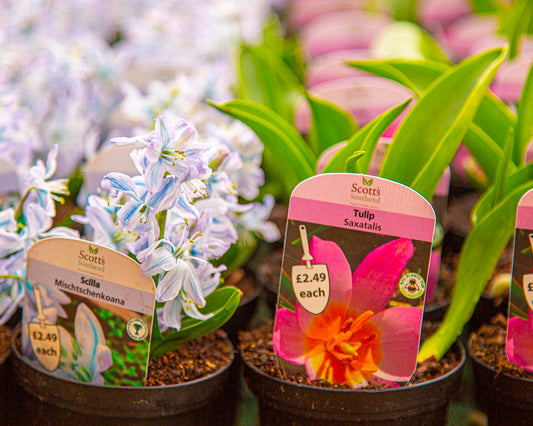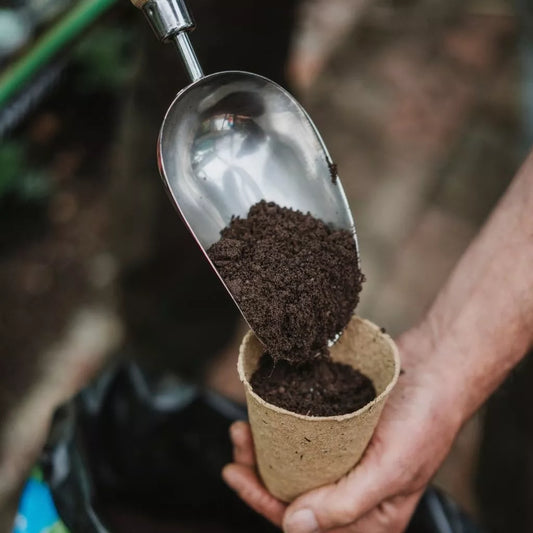Winter might seem like a quiet time in the garden, but it’s the perfect season to lay the groundwork for a successful spring. Whether you’re a seasoned gardener or just starting out, there are plenty of tasks to keep you busy and your garden in great shape. Here are some essential winter jobs to tackle:
1. Tidy Up the Garden
Start by giving your garden a good cleanup. Remove any fallen leaves, debris, and dead plants that could harbor pests or diseases over the winter. Be sure to compost healthy plant matter and discard anything that shows signs of infection.
2. Prune Deciduous Trees and Shrubs
Winter is an ideal time to prune most deciduous trees and shrubs while they’re dormant. Removing dead or damaged branches improves the plant’s structure and encourages healthy growth in the spring. Avoid pruning early-flowering shrubs like forsythia or camellia until after they bloom.
3. Protect Your Plants
Tender plants, like young shrubs or Mediterranean varieties, may need extra protection during frosty weather. Wrap them in horticultural fleece or move potted plants to a sheltered area. Mulch flower beds with organic material to insulate roots and retain moisture.
4. Plan and Prepare Your Spring Planting
Winter is a great time to dream and plan for the growing season ahead. Browse seed catalogues or visit your local garden centre to stock up on seeds, bulbs, and supplies. You can also start sowing seeds indoors for early crops like tomatoes, peppers, and sweet peas.
5. Care for Garden Tools
Take the time to clean, sharpen, and oil your tools. Well-maintained tools last longer and make gardening more efficient. If you don’t already have one, invest in a sturdy storage solution to keep tools organized and protected from the elements.
6. Feed the Wildlife
Winter can be tough for birds and other garden wildlife. Provide food and fresh water to support them through the colder months. Install bird feeders, nest boxes, and leave out water in shallow dishes to create a wildlife-friendly garden.
7. Maintain Your Lawn
While grass growth slows in winter, your lawn still needs care. Remove fallen leaves and debris to prevent mold and keep the grass healthy. Avoid walking on frozen lawns to prevent damage. If the weather is mild, you can aerate compacted areas to improve drainage.
8. Check Fences, Paths, and Structures
Inspect fences, gates, and garden structures for signs of wear and tear. Repairing these during winter ensures they’re ready to withstand spring storms. Clear paths of moss and algae to keep them safe and slip-free.
9. Set Up a Compost System
Winter is a great time to start composting if you haven’t already. Collect kitchen scraps and garden waste to create nutrient-rich compost that will be ready to use in the spring. Turn existing compost piles to speed up the decomposition process.
10. Plant Bare-Root Trees and Shrubs
Bare-root plants, like roses and fruit trees, are more affordable and establish well when planted in winter. Choose a mild day to plant them, ensuring the soil isn’t frozen or waterlogged. Add plenty of compost to the planting hole to give them the best start.
By staying active in the garden during winter, you’ll not only keep your outdoor space looking neat but also ensure it’s ready to burst into life when spring arrives. Visit [Your Garden Centre’s Name] for tools, supplies, and expert advice to make your winter gardening a success!
 Location
Location Mon-Sat: 9am-5pm Sun: 10am - 4pm 25th & 26th Dec CLOSED 1st Jan CLOSED
Mon-Sat: 9am-5pm Sun: 10am - 4pm 25th & 26th Dec CLOSED 1st Jan CLOSED








